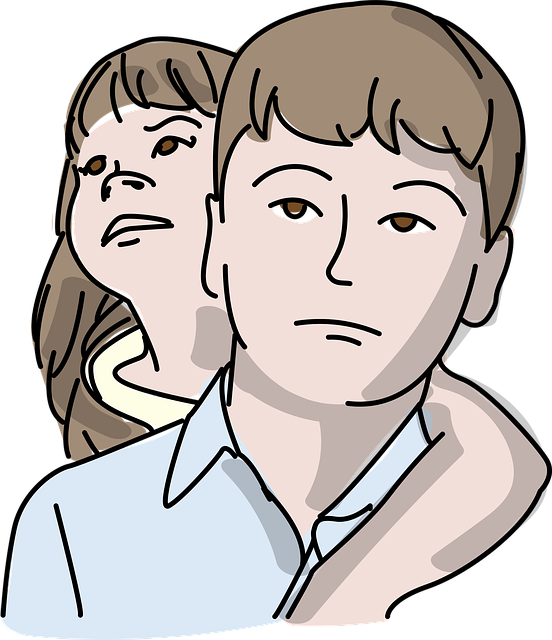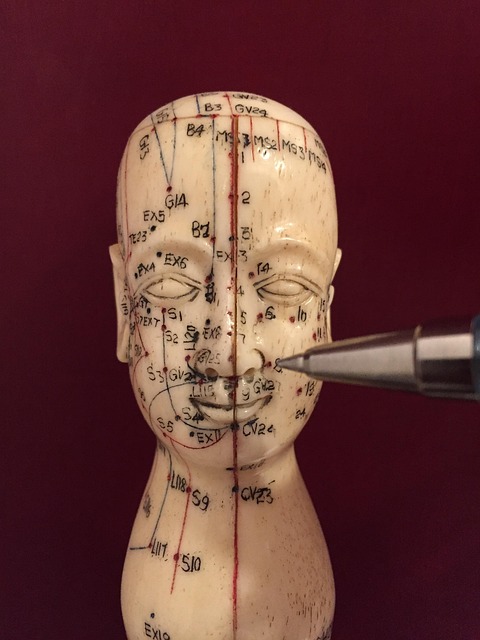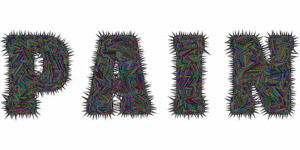Acupuncture for back pain has gained popularity as a drug-free alternative, targeting specific body points to alleviate symptoms like sciatica and migraines. Scientific studies validate its effectiveness in providing long-lasting relief for various back discomforts, making it a valuable tool in managing chronic pain conditions. This ancient Chinese practice involves inserting thin needles into acupressure points to stimulate natural healing responses, promote relaxation, improve circulation, and balance energy flow. Qualified acupuncturists with relevant training and certifications can offer personalized treatment plans, potentially reducing the need for prescription medications and providing a safe, effective solution for chronic pain like back, neck, and joint pain.
Tired of relying on medications for chronic pain relief? Discover the ancient practice of acupuncture as a drug-free alternative for managing back pain, neck pain, and more. This holistic treatment has gained popularity in modern times due to its effectiveness in alleviating various pain conditions. Learn how acupuncture works, explore specific benefits, and find out what to expect during your first session. We’ll guide you through finding qualified acupuncturists and the next steps toward a healthier, pain-free life.
- Understanding Back Pain and Its Impact
- Acupuncture: An Ancient Practice for Modern Times
- How Acupuncture Works to Alleviate Pain
- Benefits of Acupuncture for Specific Pain Conditions
- What to Expect During an Acupuncture Session
- Finding Qualified Acupuncturists and Next Steps
Understanding Back Pain and Its Impact

Back pain is a prevalent and often debilitating condition affecting millions worldwide. It can arise from various causes, including muscle strains, poor posture, spinal misalignments, or even age-related wear and tear. The impact of back pain extends beyond physical discomfort; it can significantly limit mobility, affect work productivity, and reduce overall quality of life. Chronic back pain, in particular, may lead to long-term disability if left untreated.
Acupuncture for back pain has emerged as a popular alternative treatment option, offering non-opioid pain relief for those seeking drug-free solutions. This ancient Chinese practice involves inserting thin needles into specific points on the body, targeting areas related to pain and inflammation. Studies have shown that acupuncture can effectively alleviate sciatica symptoms, reduce the intensity of migraines, and provide long-lasting relief for various types of back pain. By promoting natural healing processes, acupuncture becomes a valuable tool in navigating the challenges of chronic pain management.
Acupuncture: An Ancient Practice for Modern Times

Acupuncture, an ancient practice rooted in traditional Chinese medicine, has evolved to become a modern solution for individuals seeking drug-free pain relief. This holistic therapy involves inserting thin needles into specific points on the body, known as acupuncture points, to restore balance and promote natural healing. For centuries, it has been renowned for its effectiveness in treating various ailments, including back pain, neck pain, and even sciatica – a condition characterized by intense leg pain stemming from nerve compression in the lower back.
In today’s world, where many people are eager to avoid prescription medications and their potential side effects, acupuncture offers a promising alternative. Beyond its use for specific pain conditions like joint pain therapy, it is recognized as an inflammation treatment that can help regulate the body’s response to discomfort. By targeting these acupuncture points, practitioners aim to unblock energy pathways, reduce muscle tension, and alleviate pain, providing patients with a natural and effective remedy for their suffering.
How Acupuncture Works to Alleviate Pain

Acupuncture for back pain and other chronic conditions works by stimulating specific points on the body known as acupressure points or meridians. These points are connected to various bodily functions, including the nervous system and internal organs. During a treatment session, thin, sterile needles are inserted into these strategic points, which triggers a natural healing response in the body. The process leads to the release of endorphins, often referred to as “feel-good” hormones, which serve as natural painkillers. This stimulation also helps reduce inflammation, a significant contributor to persistent pain.
Beyond acupuncture for back pain, this ancient practice has been shown to be effective in treating various forms of chronic pain and conditions such as migraine acupuncture, offering an alternative to opioid medications for non-opioid pain relief. It’s particularly beneficial in addressing issues like neck pain by promoting relaxation, improving circulation, and balancing the body’s energy flow, thus providing a holistic approach to inflammation treatment.
Benefits of Acupuncture for Specific Pain Conditions

Acupuncture has emerged as a popular and effective treatment option for individuals seeking drug-free pain relief. When it comes to specific pain conditions, acupuncture offers a multitude of benefits. For back pain sufferers, this ancient practice can provide significant relief by reducing inflammation and relaxing tight muscles, which in turn helps improve posture and mobility.
Additionally, acupuncture is well-known for its success in treating sciatica acupuncture, targeting the source of shooting pain that often accompanies sciatica. Beyond back and neck pain, joint pain therapy through acupuncture has shown promise in alleviating discomfort associated with arthritis and other conditions. By stimulating specific points on the body, acupuncture promotes natural healing processes, offering a safe and non-opioid pain relief method that can be particularly beneficial for those looking to avoid prescription medications or their side effects.
What to Expect During an Acupuncture Session

During an acupuncture session for back pain or other conditions like sciatica and migraine, you can expect a soothing and relaxing experience. The practitioner will begin by assessing your medical history and understanding the specific areas of pain, such as neck or back discomfort. They may also ask about your overall health and lifestyle to gain a comprehensive view of your well-being. Once this evaluation is complete, the acupuncturist will identify key acupuncture points related to your pain and other symptoms.
The actual treatment involves the insertion of thin, sterile needles into these targeted points. You might feel a brief sting or sensation as the needle penetrates the skin but most find it tolerable and even relaxing. The needles are left in place for a set period, often 20-30 minutes, during which you may be encouraged to rest and breathe deeply. Some practitioners may also use heat or other techniques to enhance the benefits of acupuncture for inflammation treatment.
Finding Qualified Acupuncturists and Next Steps

Finding qualified acupuncturists is a crucial step when exploring acupuncture for back pain or other forms of joint pain therapy. It’s essential to ensure your practitioner has the necessary training and certifications to deliver safe, effective non-opioid pain relief. Look for licensed acupuncturists who specialize in treating specific conditions like back pain, neck pain, and even migraine acupuncture. Online reviews and recommendations from trusted sources can guide your search.
Once you’ve located a qualified acupuncturist, the next step is to schedule an initial consultation. During this visit, they’ll assess your symptoms, medical history, and overall health to create a personalized treatment plan. This may involve multiple sessions over several weeks or months, depending on your condition and response to treatment. Regular attendance and open communication with your acupuncturist are key to achieving the best results in acupuncture for back pain and other chronic conditions.
